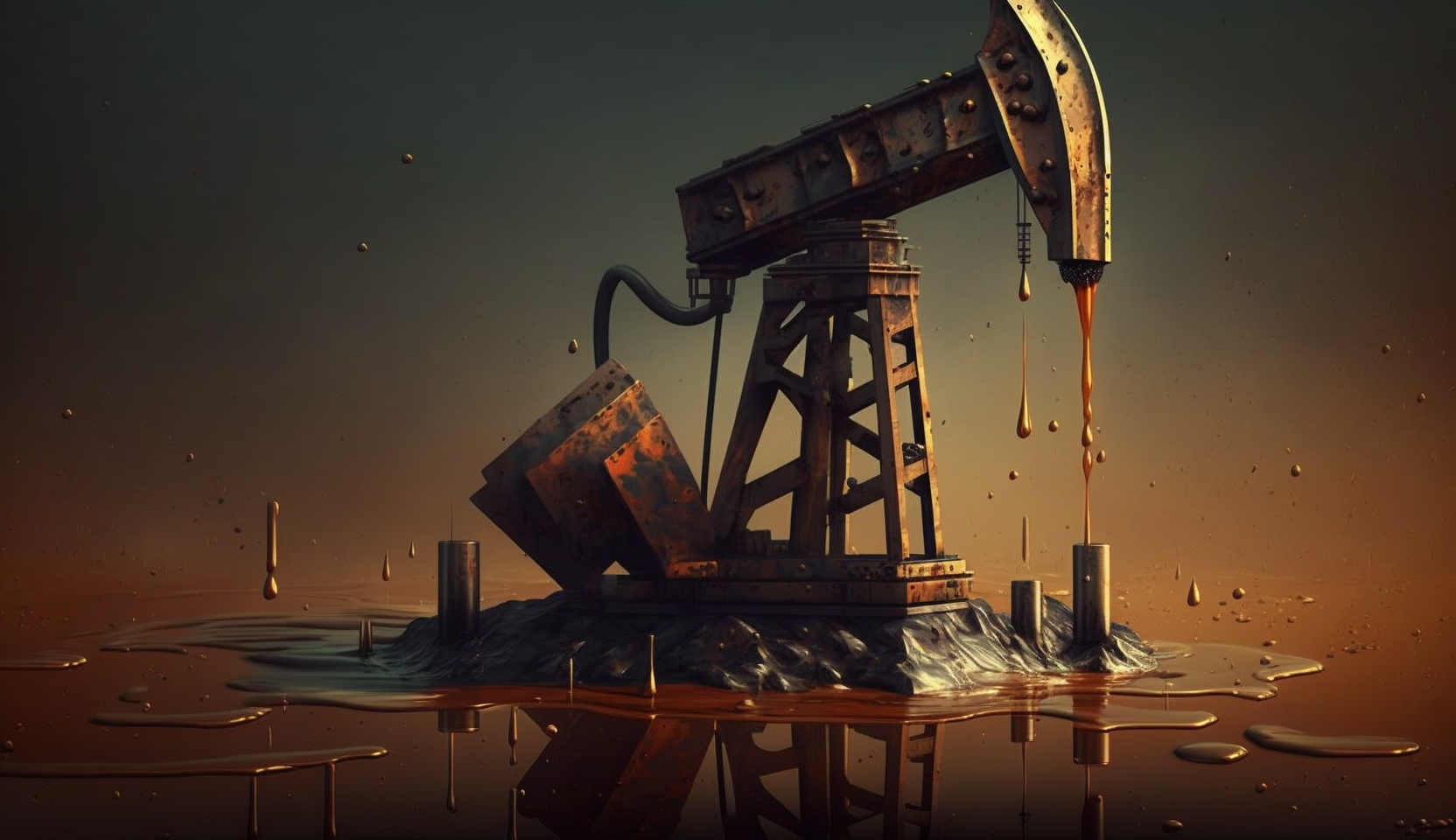Crude oil prices sank to their lowest levels in nearly four years this week, underscoring how deeply oversupplied the global energy market has become. Both major benchmarks—Brent and West Texas Intermediate (WTI)—fell below key psychological thresholds, with WTI briefly dipping under $55 a barrel and Brent sliding into the high $50s. The move marks a dramatic reversal from the tight energy markets of recent years and signals mounting pressure across the oil industry.
The selloff reflects what many analysts have been warning about for months: supply has simply outpaced demand. Production growth from OPEC+ and non-OPEC producers alike has overwhelmed consumption, even as global demand remains relatively steady. Since the spring, OPEC+ members have steadily unwound earlier production cuts, adding millions of barrels per day back into the market. Saudi Arabia, in particular, has prioritized regaining market share, even at the expense of lower prices.
Outside the cartel, output has also continued to climb. Producers across parts of the Middle East, Africa, and Asia have increased exports, while U.S. inventories are projected to keep building well into 2026. According to international energy agencies, the imbalance could widen further next year, with excess supply potentially approaching four million barrels per day—an extraordinary figure by historical standards.
One of the clearest signs of the glut is happening offshore. Oil tankers holding crude at sea have surpassed one billion barrels, as sellers struggle to find buyers willing to take delivery at current prices. Storage economics are also shifting, with parts of the oil futures curve slipping into contango. This market structure, where future prices trade above spot prices, typically signals oversupply and encourages traders to store oil rather than sell it immediately.
Pressure is spreading beyond crude itself. Refining margins have narrowed as prices for gasoline, diesel, and jet fuel soften alongside oil. Crack spreads—which measure the profitability of turning crude into refined products—have tightened, removing one of the last pillars of support for energy prices earlier this year.
Wall Street remains firmly bearish. Several major banks now expect oil prices to remain under pressure through 2026, with forecasts clustering in the low-to-mid $50 range and downside risks extending even further. Some analysts warn that if producers fail to curb output, prices could fall into the $40s, levels that would strain balance sheets across the exploration and production sector.
Geopolitics adds another layer of complexity. Sanctions on Russian producers could limit some supply, but discounted barrels often find their way to buyers willing to navigate restrictions. Meanwhile, any breakthrough in peace talks between Russia and Ukraine could ultimately bring more oil back onto the global market, worsening the surplus. Tensions involving Venezuela and U.S. policy decisions also remain wild cards, though none appear strong enough to offset the sheer volume of excess supply.
For energy companies, the implications are sobering. Lower prices threaten drilling activity, investment, and employment, particularly in high-cost regions. While central bank rate cuts and a weaker dollar typically support commodities, oil’s current trajectory is being driven less by macro policy and more by fundamentals. For now, the message from the market is clear: until supply comes back into balance, oil prices are likely to stay under pressure.







